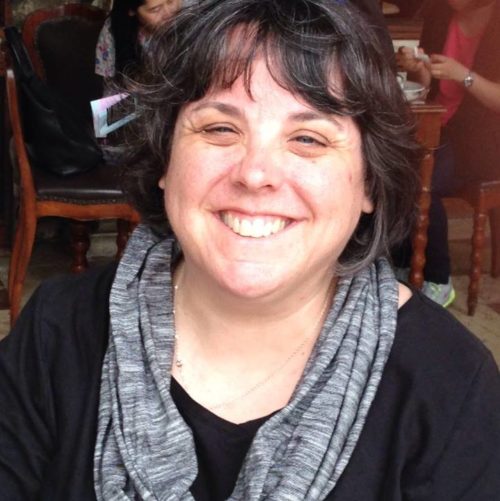Several years ago–at the end of some heated meeting or other—a colleague told me that I reminded him of Pat Summitt. He definitely did not mean it as a compliment.
I could not have been more thrilled by the comparison.
For as long as I’ve known about Pat Summitt, I’ve been an enormous fan. Today, like so many people, I mourn her too-early death, even while rejoicing that a woman of such intense intelligence is freed from the grasping, fearsome chokehold of Alzheimer’s.
The summary of Summitt’s career is, obviously, quite impressive. Who else has both the most wins in a Division I basketball program and a 100% graduation rate for the players who completed their eligibility with her? (And the best line when asked about if she’d want to coach men’s basketball: “why is that considered a step up?”).
But it’s more than that for me. Growing up female in the 1970s and 1980s meant facing a cacophony of competing voices. Especially if one was growing up as a Christian girl. When I started 1st grade in 1974, I had a teacher prone to referring to all men as “male chauvinist pigs.” In 5th grade, our music curriculum for the year was the songs of “Free To Be…You and Me”—with its all-star cast advocating boys who could cry, girls who didn’t have to do housework, and parents who were “people.” And then there was Title IX. That meant that in 6th grade our school soccer team went co-ed, though I was the only girl to actually join the team and make it so. I was also the only one on the team who was knocked out during a game–after some boy challenged me for the ball and, when I wouldn’t give it up, who mowed me over. I still remember protesting vehemently to be let back into the game as I was being carried off the field . Though she never explicitly said so, my mother, I think, worried with my unrelenting and, no doubt, unlady-like drive.
At home, the family narratives were mostly about strong, successful women–women who had been on the Oregon Trail or who had gone to Berkeley for graduate degrees in the 1920s. I had the expectation that I could do absolutely anything I wanted. Well, almost anything. Because, of course, in my deeply religious household, I knew no women ministers or elders (although one of my grandmothers was a “deaconess.”) I loved Bible stories about Deborah and Martha, but from some folks at church (though not all, to be sure), I heard how these women had it all wrong. And naturally, the response to Amy Grant sporting a (gasp) leopard skin jacket on the cover of her 1985 Unguarded album demonstrated to these same folks that standards during my college days were clearly in grave decline.
How to negotiate all these voices? Counter them with examples from powerful, brave lives. That ol’ cloud of witnesses–of which Summitt was a professed member.
With class and dignity and great confidence, Pat Summitt gave me and a generation (or really, several) of women permission to be absolutely and unapologetically fierce. To see that impeccable ethical standards are not antithetical to a competitive spirit. To understand that anticipating the needs of a team does not mean self-abnegation. To be assured that being tough and driven does not diminish one’s femininity. To leave no doubt that women can lead and coach as their God-given talent. Summitt could have easily given in to demands she “smile more” or tone down her legendary stare or ease up on the character and discipline she expected of herself and her players–but she didn’t. Because of her, it’s a little easier for the rest of us to do the same, too. And not be afraid to do it.
We will not see her like again. May she rest in peace and rise in glory.

